Putt Thompson Custer Battlefield Trading Post Montana 2011
Custer Battlefield Trading Post Montana 2010
In the summer months of 1995 I stopped at the Dakota Territory Trading Post in Custer, South Dakota and sold multiple copies of my four self-published books to the trading post owner Chuck Cochran. The trading post was still the original structure that was built in 1882 and American West collectors would come from all across the country and as far away as Ireland and Italy to purchase seasonal stock of nineteenth century firearms mainly Springfield’s 1873, Spencer and Winchester 73 repeating rifles. During the eleven years that Chuck owned the trading post he sold over one thousand period firearms. As a retired school teacher from Fargo, North Dakota his main interest was Custer guns and the Battle of the Little Bighorn. When I was not driving on the interstates and highways selling my books around Wyoming, Montana, Nebraska and North and South Dakota I would reside at Chuck’s home with his wife Pam and their beautiful cat Callie. As a sole-trader and publisher of my own creative material I never found the time to investigate the personal purchase of old historical artefacts. Much of my book sales went straight back into on roads costs and it always seemed the real interesting artefacts I came across were extremely expensive to say the least.
Chuck Cochran Custer Black Hills South Dakota 2011
In early August, 1995 I had sold out my four published books with a total print run of 8000 copies to museums, bookstores and gift shops. It was now time to pack up and head home to Sydney, Australia. One evening I popped into the trading post to say hello to Chuck have a coffee and ask how his day had panned out. When I arrived I noticed a red and white embroidered Lakota Tribal Flag hanging in the trading post window. While I was out of state Chuck had purchased the flag from family members of the late Dick Wilson who had passed away in January, 1990. Chuck said that the flag had a most interesting history. The flag was one of eight flags commissioned in the early 1970’s by the tribal government to represent the eight districts located on the Pine Ridge Reservation: Eagle Nest, LaCreek, Medicine Root, Pass Creek, Porcupine, Wakpamni, White Clay and Wounded Knee. Sewn onto a red background cloth is eight white tepees in a circle. Today there are nine tepees in the tribal flag circle with the addition of the Pine Ridge Village District. This particular flag was in the personal possession of Dick Wilson the tribal chairman during the Wounded Knee Siege of 1973 that started on the 27th of February and ran until the 9th of May when a negotiated settlement was arranged with officials of the United States Government. Each day during the siege or should I say civil war Dick Wilson would roll up his flag and take it down to the roadblocks and roll it onto one of the vehicle bonnets blocking the highway into Wounded Knee. And in the evening he would roll it back up again and take it home.
Dakota Territory Trading Post Custer Black Hills South Dakota 2008
For the next three years 1995-1998 the Lakota Wounded Knee Tribal Flag graced the inside of the Dakota Territory Trading Post. And each summer Chuck would tell interested parties visiting the trading post about his own personal connection to the original Wounded Knee of 1890. As a young lad of eight years old he and his parents Charles and Leota were on summer vacation from their home city of Chicago in 1948. They had the pleasure to meet with Dewey Beard one of the last remaining Minniconjou-Lakota-Sioux survivors from both the Little Bighorn and Wounded Knee engagements. Dewey was standing outside his tepee at the side of the road in the Badlands National Park. This story certainly captivated many a tourist and local as it connected the recent past with the present as the old west can do on numerous occasions.
Andrew Hogarth Radio Interview Central Coast NSW Australia 2010
In late August, 1998 I received a phone call from Chuck in South Dakota asking if I would be interested in purchasing the flag. I agreed and two weeks later it arrived in the mail to Australia. The flag is still in very good condition except for the fact that one side has lost some of its reddish colour due to hanging in the trading post window for three years. I have now owned this interesting flag for over twenty-one years and it is now time to move it on to a new and caring home. They say all things are connected and that the cycle of life finally finds its end and all is joined together. I have enjoyed being the owner and guardian of the flag and I look forward to finding it a new home.
With the eventual sale of the flag I have included my copy of the book “Voices from Wounded Knee, 1973. In the Words of the Participants” for Akwsasne Notes, Mohawk Nation produced by Robert L. Anderson, Joanna Brown, Johnny Lerner, and Barbara Lou Shafer. This book has been out of print and should be archived someplace as it is the only documentary that was produced of the 1973 uprising. The four authors thought another edition of the book would come out after the trials were over, with more and better photographs and stories but there was a fire apparently at Akwesasne Notes later that destroyed much of the material, and Notes seems to have folded and the photographers have dispersed too. Also included with the sale of the flag is a signed letter from Chuck Cochran plus I have also written a two paged detailed timeline letter that speaks about the happenings at Wounded Knee and my own personal ownership of the flag.
“Voices from Wounded Knee, 1973. In the Words of the Participants”
“Voices from Wounded Knee, 1973. In the Words of the Participants”
“Voices from Wounded Knee, 1973. In the Words of the Participants”
“Voices from Wounded Knee, 1973. In the Words of the Participants”
“Voices from Wounded Knee, 1973. In the Words of the Participants”
Chuck Cochran Letter from the 15th of December 2010
Andrew Hogarth Letter from the 15th of December 2010
Andrew Hogarth Letter from the 15th of December 2010

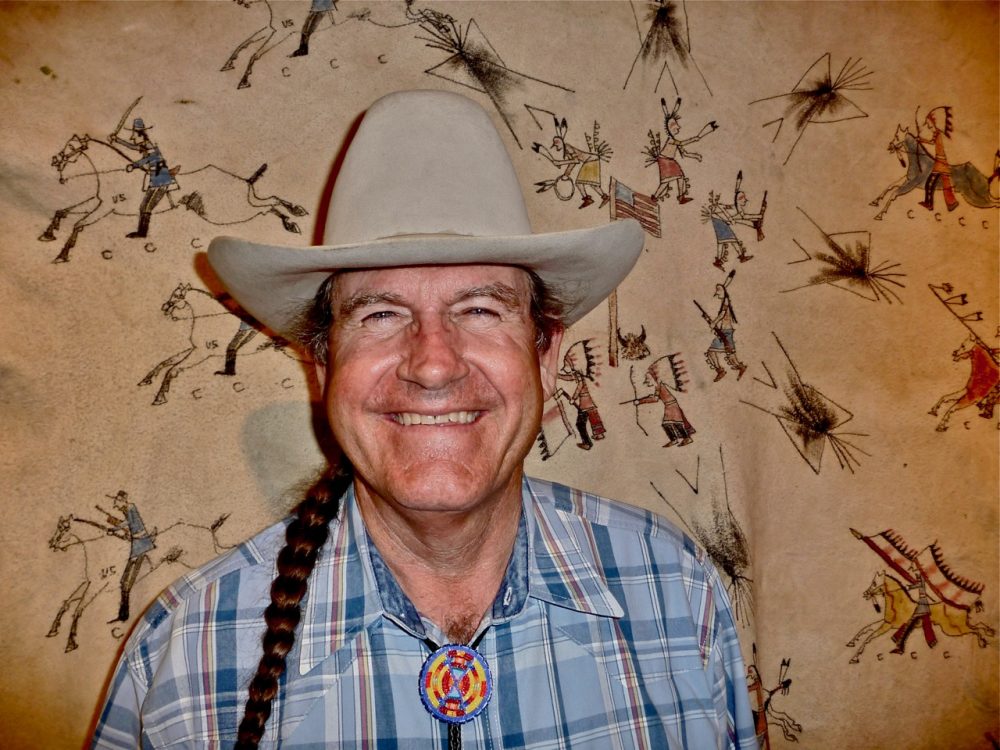
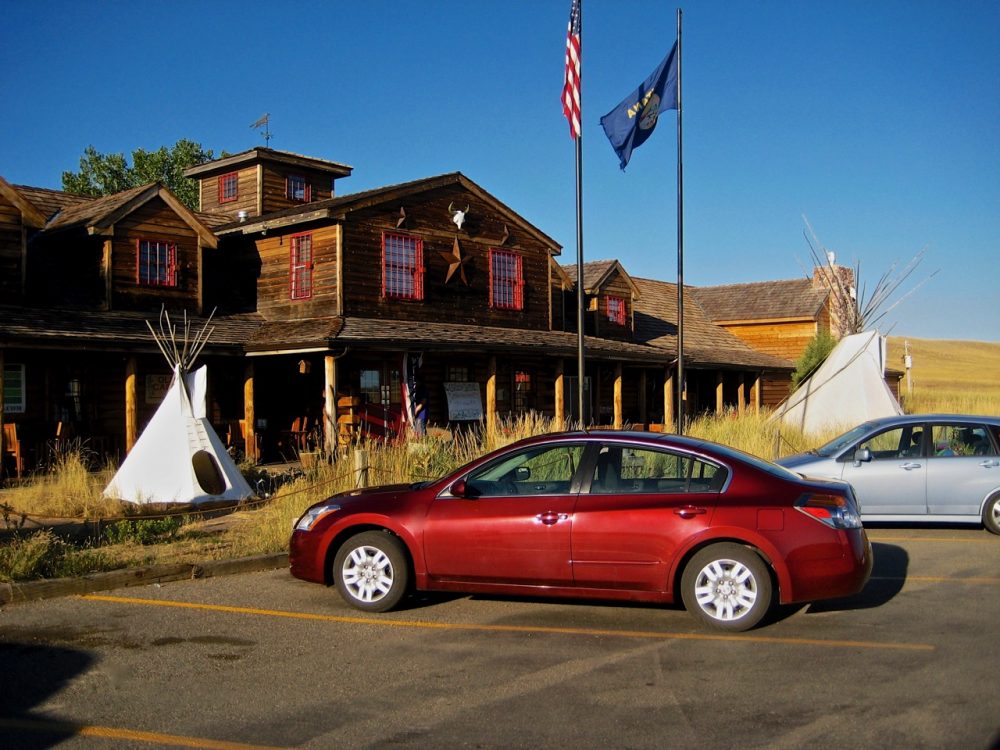

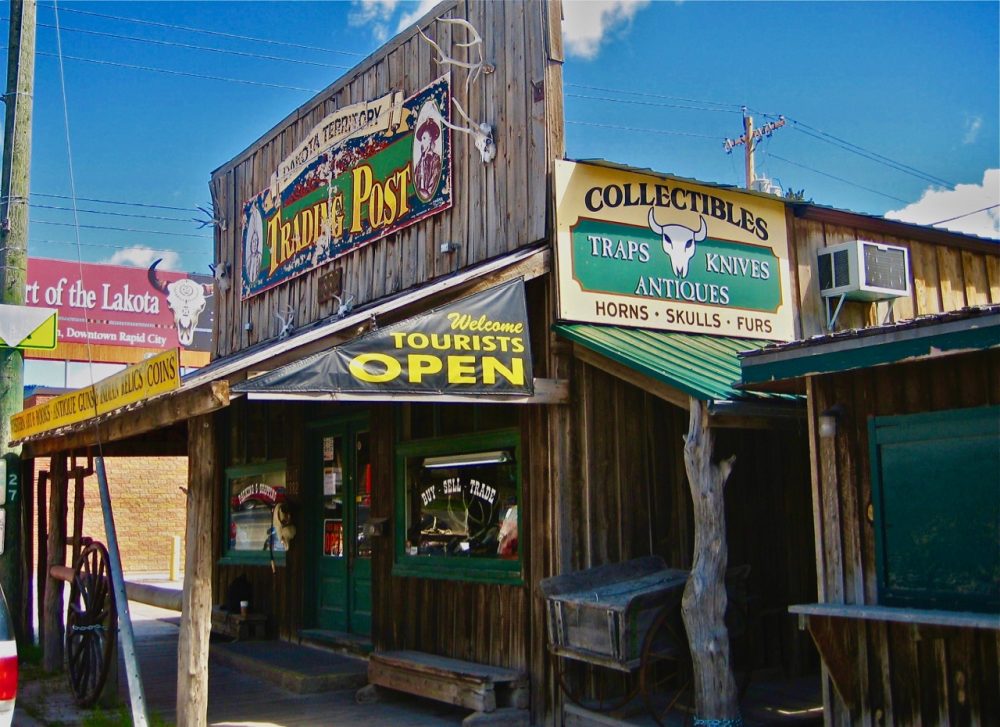
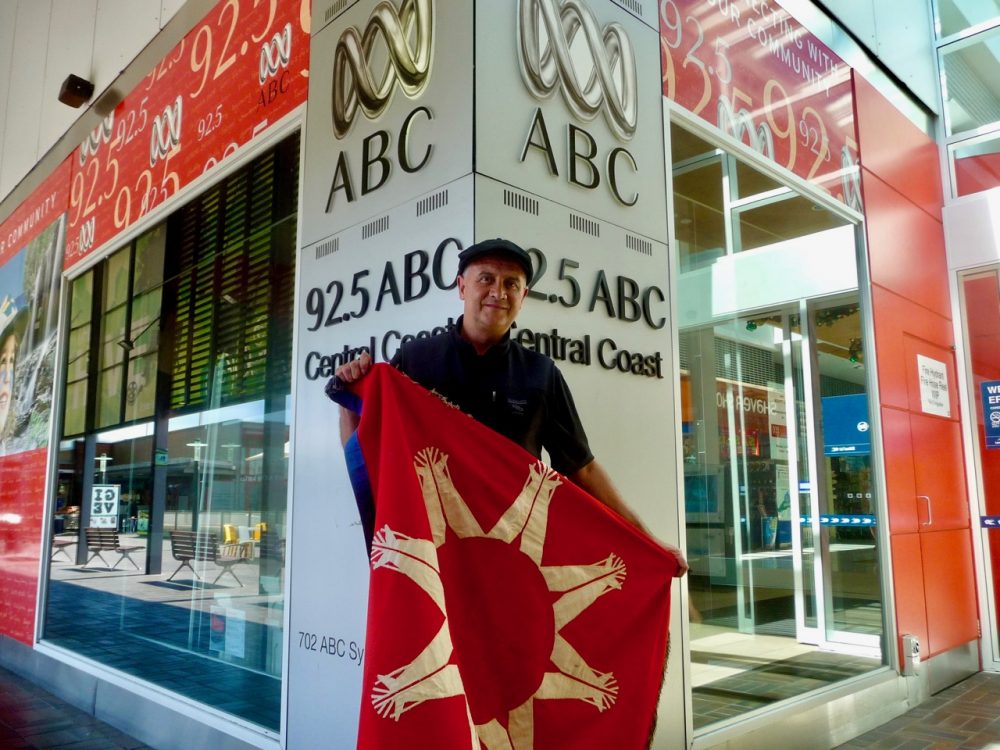
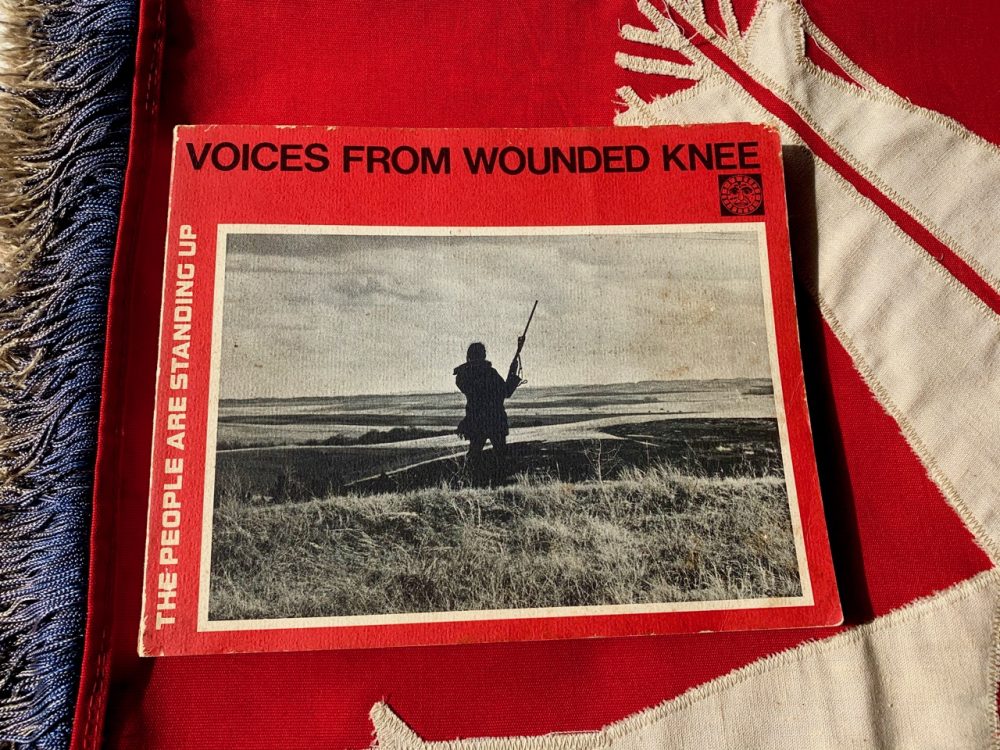
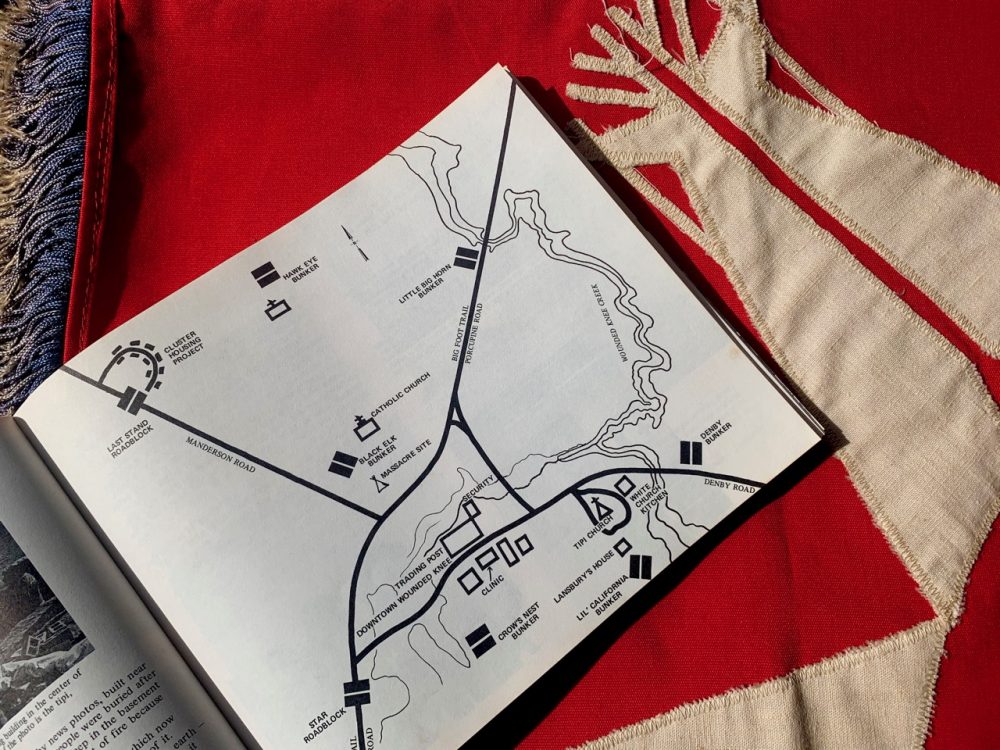
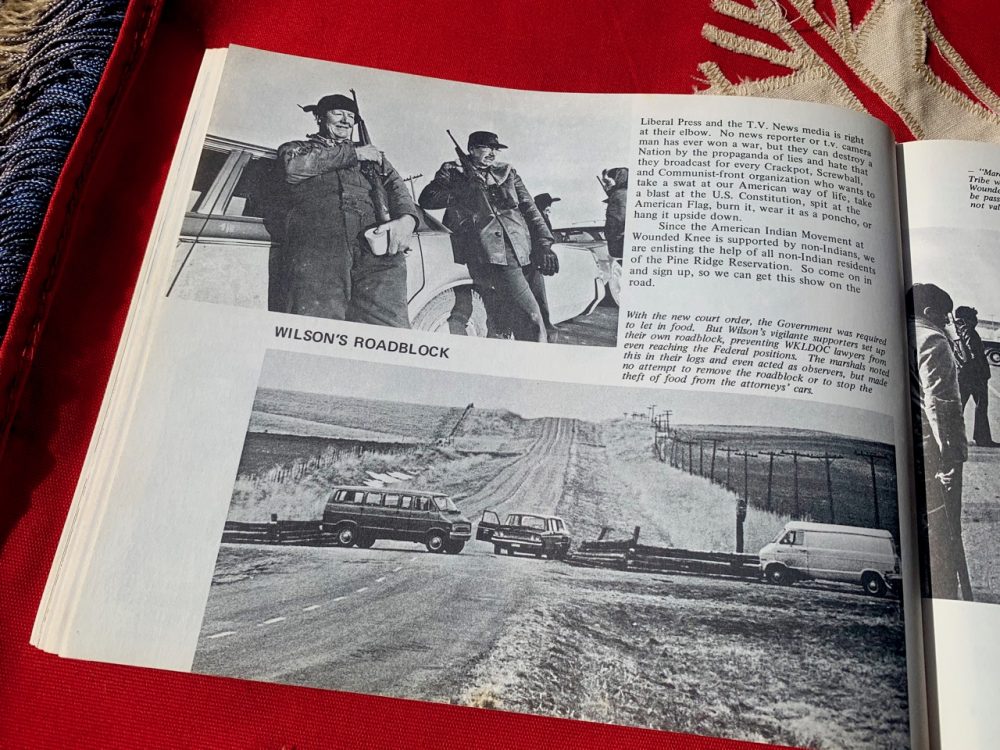

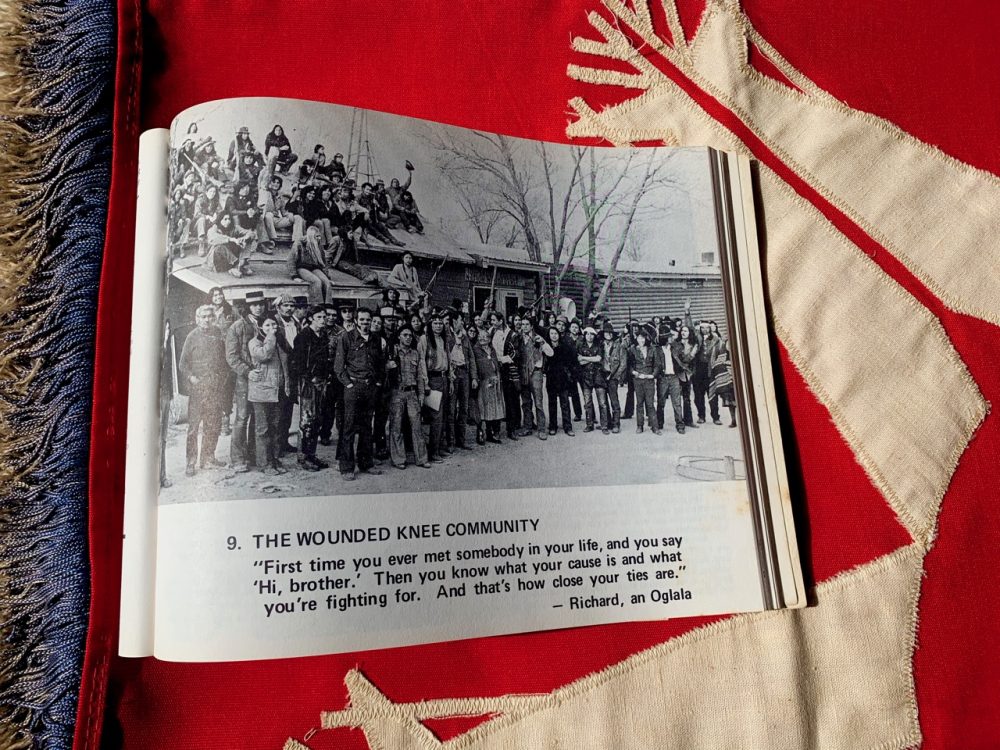




Leave a Comment
You must be logged in to post a comment.